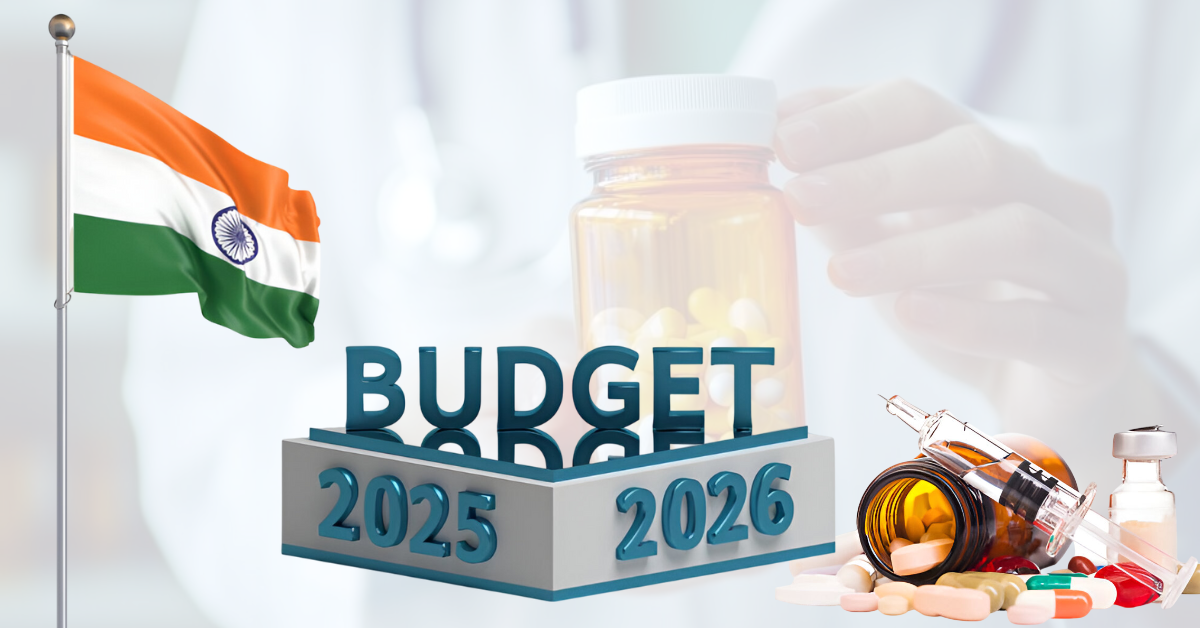India’s Budget 2025–26 unfolds as a game-changer for the pharmaceutical industry—strategically boosting affordability, innovation, and global competitiveness. With bold policy moves and financial backing, the sector stands poised to transform into a powerhouse, benefiting stakeholders across the value chain.
A Financial Boost to the Healthcare Domain
The government has ramped up its healthcare and pharma allocation to nearly ₹98,311 crore, up from around ₹90,959 crore in FY24. Alongside this, the Production-Linked Incentive (PLI) scheme for pharma gets a fresh infusion—₹2,445 crore, reinforcing domestic manufacturing and reducing import reliance. These allocations reflect a clear intent: scale our healthcare infrastructure and support the pharma ecosystem at its core.
Lowering Treatment Costs through Duty Relief
One of the most important benefits for both patients and manufacturers is the customs duty relief. The budget continues the full exemption of Basic Customs Duty (BCD) on 36 life-saving drugs, and places another six critical medicines under a concessional 5% duty. Moreover, bulk drugs used in manufacturing are granted similar duty concessions—lightening production costs and streamlining supply chains.
Healthcare Infrastructure & Human Capital Expansion
The government’s plan to establish 200 daycare cancer centres across district hospitals by 2025–26 is a much-needed leap towards equitable oncology services. Moreover, the expansion of medical education—with 10,000 new seats next year and 75,000 over five years—aims to narrow the doctor–patient gap and strengthen human capital.
Catalyzing Innovation with Funding & R&D
A highlight of this year’s budget is the launch of the ₹5,000 cr Promotion of Research and Innovation in Pharma MedTech (PRIP) scheme, expected to attract an additional ₹17,000 crore toward R&D by end of 2025. Beyond this, other proposals such as a ₹10,000 cr Pharma Innovation Fund and strengthened regulatory frameworks promise to marshal innovation, especially around generics, biosimilars, and AI driven discovery.
Reducing API Dependence and Promoting Sustainability
India still leans heavily on API imports, particularly from China. The budget’s expanded PLI, along with calls for infrastructure such as centralized pharma parks and improved regulatory clarity, can help build resilient API capabilities onshore. Furthermore, the ADEETIE energy-efficiency scheme, with a ₹1,000 crore allocation (₹875 crore via GST-based interest subvention), aims to cut energy usage by 30–50% in pharmaceutical clusters—with ripple effects for MSMEs and green manufacturing.
Why This Matters—Benefits Across the Sector
- Affordable Medicines: Lower duties and a push for generics reduce treatment costs for patients and widen access.
- Global Competitiveness: Strengthened manufacturing, regulatory reform, and export push drive India’s “pharmacy of the world” status.
- Innovative Capabilities: R&D funding and digital-health focus signals a shift from generic dependency to invention-driven growth.
- Skilled Workforce & Infrastructure Growth: Medical education expansion and cancer-care infrastructure bolster long-term sector robustness.
- Environmental & Cost Efficiencies: ADEETIE’s focus on energy efficiency ensures pharma production is sustainable and cost-effective.
A Word for Entrepreneurs
The diversified policy environment opens new horizons—even for niche entrepreneurial models. For instance, the PCD Pharma Franchise Business in India can benefit from reduced import costs, incentives for bulk drug production, improved regulatory clarity, and innovation-driven collaborations. This underscores that even smaller players can thrive under the budget’s enabling ecosystem.
In Summary, India’s Budget 2025 makes a strong case for a pharma renaissance. By fostering affordability, manufacturing independence, and innovative excellence, the government positions the pharmaceutical industry to flourish domestically while scaling globally. For players large and small, from API manufacturers to franchise networks, the time to engage with this dynamic landscape has never been more promising.




